Keith Gervasi
Reviews By Author
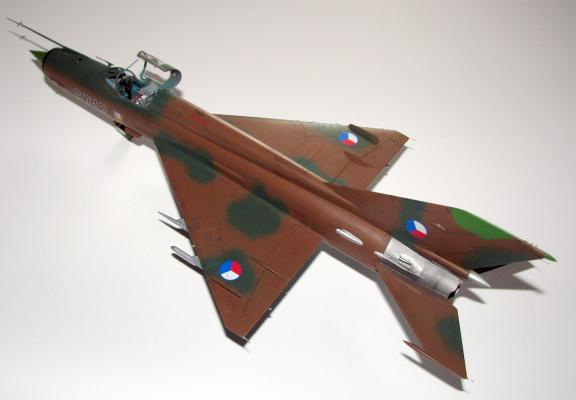
|
Mig 21MF OvertreesPublished:
Eduard re-released the very nice Mig-21MF kit in an awesome dual combo box of the MF in Czech and Czechoslovak service (39 marking options!) and with it they also released the overtrees of the kit and the Photo Etch (P/E) set (for an additional $14.95 - price above is only for the kit). If you have the Dual kit or even the older Profipack kit the overtrees are a nice and inexpensive way to add another kit. You get all of the plastic that comes with the kit but no instructions (No problem as Eduard has them on their web site) or decals (Again no problem as the Profipack and dual kit have many extras). As far as the interior goes, no problem, you can still get Eduard P/E for the early or late variants. The plastic is grey in color, molded well with little to no flash and no… more |
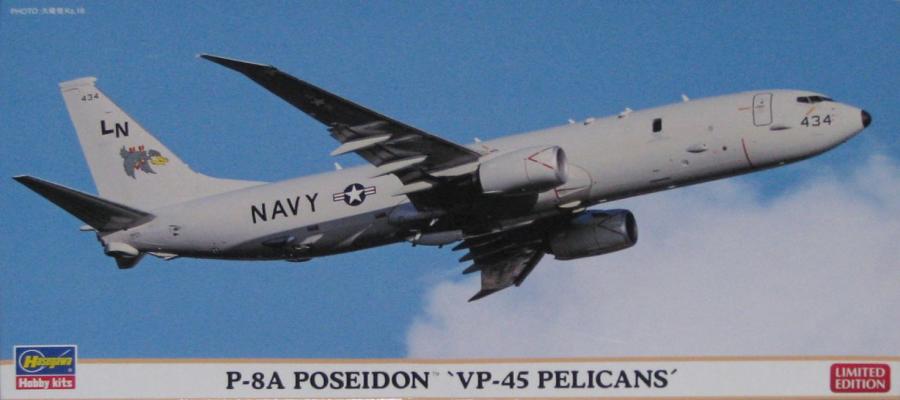
|
P-8A POSEIDON 'VP-45 PELICANS'Published:
HistoryIntroduced in November 2013, the P-8A Poseidon is the latest multi-mission maritime aircraft traditionally flown by the US Navy. In contrast to the piston engine-powered P2V Neptune and the turboprop-powered P-3 Orion, the P-8A is propelled by twin high-bypass turbofan engines. Each engine is equipped with an electric generator to power the P-8A's extensive array of onboard electronics. The KitInside the box you will find 4 light grey and 1 tinted sprue of plastic, a decal sheet and an instruction fold out. The plastic is cleanly molded and has some very nice raised and recessed detail. The decal sheet is printed very nice with a semi-matte finish. Construction9 steps are needed to build this kit and it all starts WITH…..THE… more |
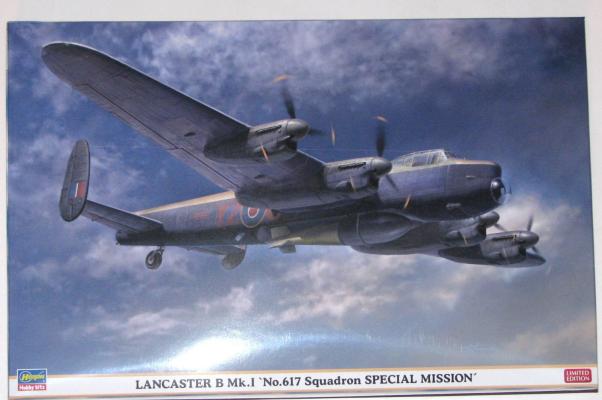
|
Lancaster B Mk.1 'No.617 Squadron Special Mission'Published:
HistoryEnough has been written on the Lancaster that I’ll just cover 617 Squadron with a link from the Royal Air Force web site. It is quite an interesting history and for me very informative as other than the “Dambuster” raid I knew very little about this squadron. The KitUpon opening the box you are presented with a lot of plastic! 16 grey injected plastic sprue of various sizes and 5 sprue of clear, an 8 page fold out instruction sheet and a large, well printed decal sheet make up this kit. The plastic is cleanly molded with recessed and raised detail and not much flash to deal with. The clear parts are very clear with crisp detail and the decals look great and in register.… more |
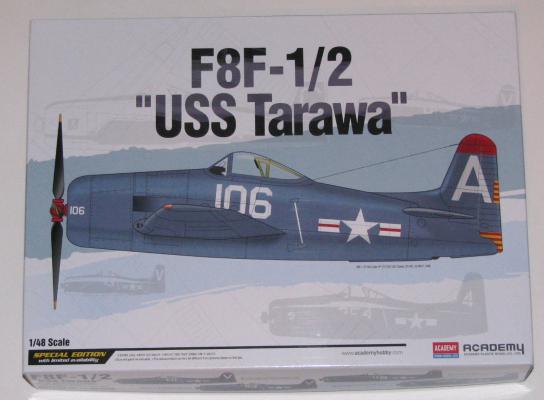
|
Grumman F8F-1/2 BearcatPublished:
HistoryOrdered in 1943, the first F8F flew in 1944. The XF8F-1 had a speed of 424 mph was armed with four .50 caliber guns in the wings and could carry two 1000lb bombs. Deliveries of the F8F-1 began in May 1945 but due to the end of the war the order was cut to 770 from 2900. Later Grumman received a contract for 126 F8F-1Bs which had four 20mm cannons instead of the .50 guns. The F8F-2 was introduced in 1948 and 293 of the -2 Bearcats were built by Grumman with the biggest differences being a taller fin & rudder and a revised cowling. Besides the U.S. Navy & Marine Corps F8Fs were used by Thailand, South Vietnam and France. The KitInside the box you will find 9 sprues of various sizes lettered A-I (8 light grey and 1 clear injected plastic), a… more |
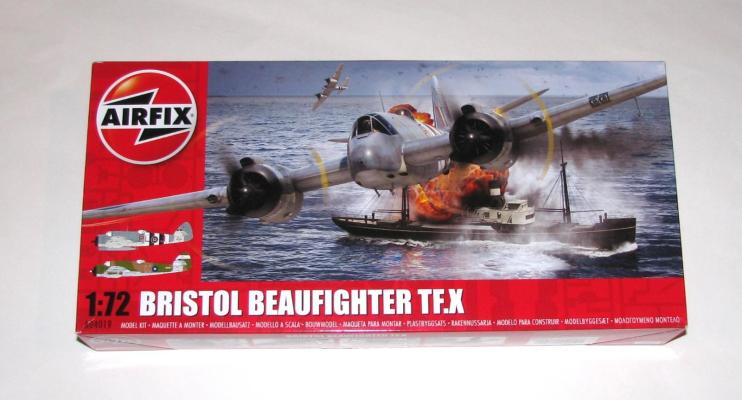
|
Bristol Beaufighter TF.XPublished:
HistoryThe Bristol Beaufighter was a British long range heavy fighter, developed from the earlier Beaufort design. Featuring two Bristol Hercules engines, the aircraft gained a fearsome reputation for being both fast and able to deliver a powerful blow from its four 20mm cannons and a choice of either Torpedo or Rocket projectiles. Although developed to be a fighter, and used successfully as a night fighter, it was the Mk.X Coastal Command version that was most successful; its range and power enabling it to take a heavy toll of Axis shipping. The Royal Australian Air Force also used the type, finding it to be very suitable for the Pacific war, where the Japanese called it ‘Whispering Death’ due to its quiet engines. After the war Beaufighters continued to serve until the… more |
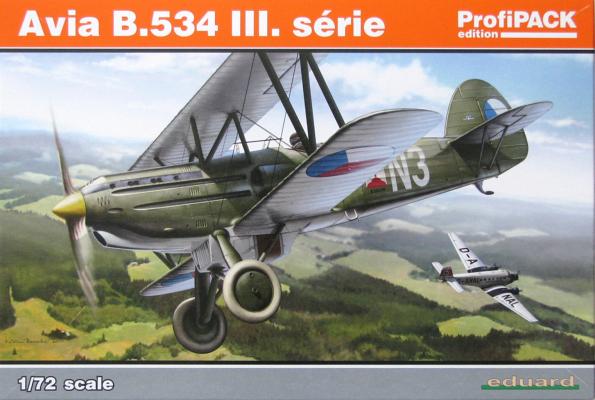
|
Avia B.534 III.seriePublished:
HistoryThe Avia B.534 was developed in 1934 and although obsolete by the time WWII started it was used in combat as late as 1944! The 534 went through a few changes along the way most notably the cockpit and landing gear. A 534 is credited with having been the last biplane to record an aerial victory (A Hungarian Ju 52 on Sept. 2nd, 1944). The KitUpon opening the box you will find a bag of 3 blue grey injected plastic sprue with a zip lock bag of clear parts inside, a zip lock bag of photo etch parts, a zip lock bag containing masks, a decal sheet and 12 page color instruction booklet. The injected plastic is molded very crisply and with no noticeable sink marks very little flash. The photo etch parts are small to say the least but look nice and the decal… more |

|
USS Lexington 'Blue Ghost'Published:
HistoryAn Essex-class carrier commissioned in 1943, she set more records than any other Essex Class carrier. The Lexington was the oldest working aircraft carrier in the United States Navy when decommissioned in 1991. The Lexington was originally named the USS Cabot but while final construction was being completed at Massachusetts’ Fore River Shipyard word was received that the original carrier named USS LEXINGTON, CV-2, had been sunk and the new carrier’s name was changed to LEXINGTON. The nickname ‘Blue Ghost’ came about due to the Japanese claiming to have sunk the ship 4 times. The KitThis kit was first introduced in 1954 as the USS Wasp and many of us have seen it boxed as the USS Yorktown and now Lexington. Upon opening the box you will find two bags… more |
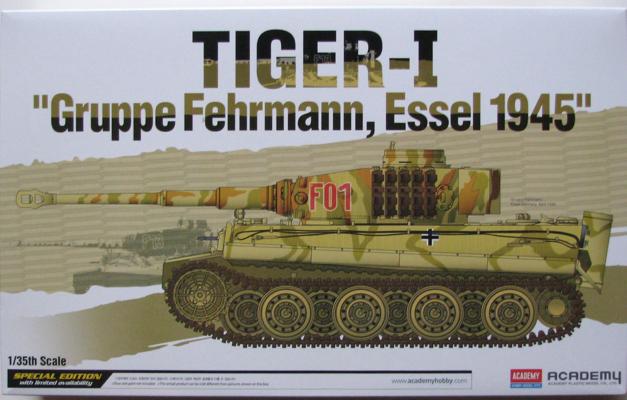
|
Tiger-1 "Gruppe Ferhmann Essel 1945"Published:
HistoryEnough has been written about the Tiger tank so I will not go into detail about it. The Gruppe Fehrmann Tigers were “procured” from the Lehr School at Fallingbostel and were re-built from damaged Tigers. The unit was formed around 5 Tigers and 6 Panthers on April 6th, 1944 and by April 11th only two Tigers and possibly 1 Panther remained active. The KitUpon opening the box you are presented with 11 sprue of dark yellow injected plastic, the lower hull & two vinyl tracks, A fret of photo etch (P/E), decal sheet, A zimmerit decal sheet (By DEF.MODEL), 8 page instruction fold out, and a two page markings & P/E guide (actually pages 9-12 of the instructions but separate). The plastic is crisply molded with little to no flash. The P/E is thin… more |
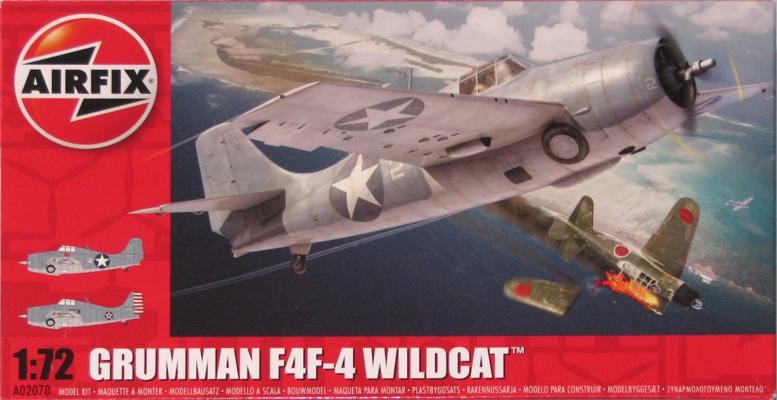
|
F4F-4 WildcatPublished:
HistoryThe Grumman F4F Wildcat was the US Navy's primary carrier-borne fighter aircraft at the start of WWII. Characterized by its stubby appearance the Wildcat had been developed from Grumman's successful range of pre-war biplanes and had entered service with the US Navy a year prior to the Japanese attack on Pearl Harbor, replacing the Brewster Buffalo. By the time of the crucial battles for Midway and Guadalcanal, the F4F-4 model had become the most numerous variant and new tactics such as the ‘Thach Weave’ enabled American naval and marine pilots to gain the upper hand on the previously all-conquering Mitsubishi Zero. The F4F-4 introduced both folding wings and an extra .50 machine gun in each wing, adding to the Wildcats already powerful armament. Lessons learnt with… more |
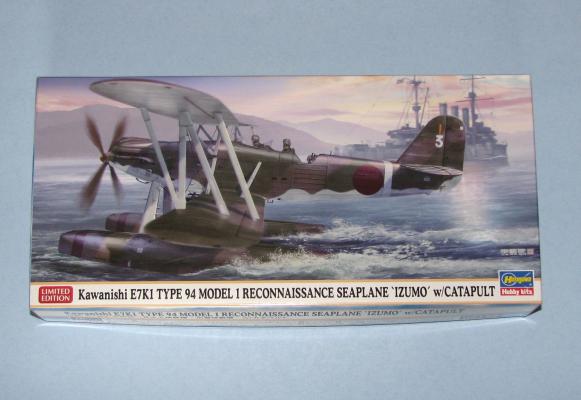
|
Kawanishi E7K1 Type 94 Model 1 Recon Seaplane 'Izumo' w/CatapaultPublished:
HistoryFirst flown in February 1933 as the Kawanishi “J” type floatplane, it was accepted by the Imperial Japanese Navy in May 1934 and given the designation “Type 94 E7K1 Reconnaissance Seaplane” and 530 of all types in the E7K series were built. The first versions were powered by a 600 horsepower V-12, liquid cooled engine. In 1938 the aircraft was re-engined with a radial engine and was known as the E7K2. The E7K was constructed of welded copper/steel tubing and was fabric covered and the floats were of all metal construction allowing it to operate in heavy seas and was viewed as the best of its type as it was able to stay aloft for up 12 hours. The E7K type stayed in frontline service up to 1943 when it was relegated to second line duties. The Kits… more |
